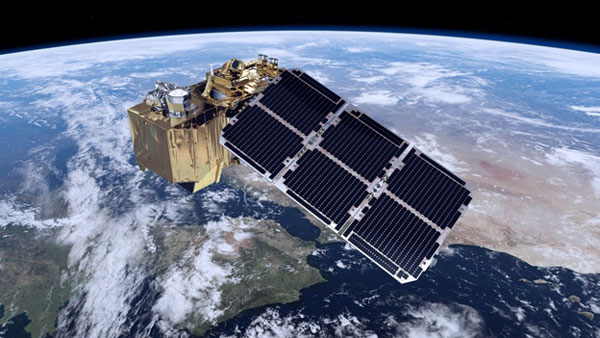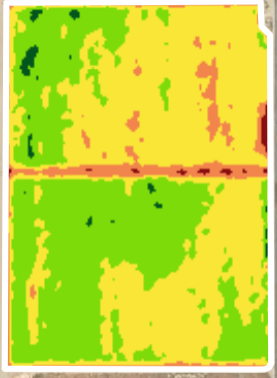Satellite Crop Imagery: The Next Tool in Agriculture Technology

The use of crop aerial images to improve agricultural practices is becoming increasingly relevant worldwide. A few years ago, crop images were primarily captured using drones and airplanes; however, these technologies have some limitations with the cost and frequency as you cover more extensive areas. One solution to overcome those limitations is the use of satellite images. In the past, the resolution of satellite images was not comparable to the resolution provided by drones and airplanes. However, image resolution has improved significantly in recent years, and satellite images are now close to 10 and 3 meters per pixel.

Morning Star is now offering high-definition satellite images through Gradient Crop Yield Solutions as part of its agricultural platform, and in 2022 it plans to cover around 23,000 acres across the state. Gradient’s partnership with EOS, a satellite images service provider, made it possible to deliver Morning Star tomato growers with more frequent, high-quality crop images. The algorithms built into the platform include NDVI, NDRE, MSAVI, and several others that provide valuable information related to plant vigor, nitrogen content, maturity, crop consistency, disease/insects’ presence, water stress, etc.
The most common satellite used is Sentinel 2, which provides images up to three times per week. Like any other technology, satellite images also have some limitations, primarily related to weather conditions. For example, the quality and frequency of images can be limited mainly by clouds and smog, which prevents the growers from seeing the state of the crop during specific dates. However, the high frequency of images every two to three days makes it possible to achieve a high-quality image at least once a week when weather conditions are more favorable.
We believe that satellites are the aerial imaging technology of the future for agriculture, especially due to its lower cost and the frequency of images. Precision and resolution will continue to improve rapidly to the point where it is challenging to distinguish satellite from drone or airplane images. Morning Star sees this technology as the future of crop imagery and will continue to provide its Gradient contracted growers with the latest advances so they may improve their decision-making process with the end goal of improving quality and overall profitability.
###

Morning Star Newsletter now distributed electronically
As a reminder, Morning Star is now distributing our newsletters electronically using an email distribution vendor called Mailchimp. Your e-version will now include informative Morning Star videos and highlights. Depending on your company's firewall, these emails may initially be directed to you spam folder.

